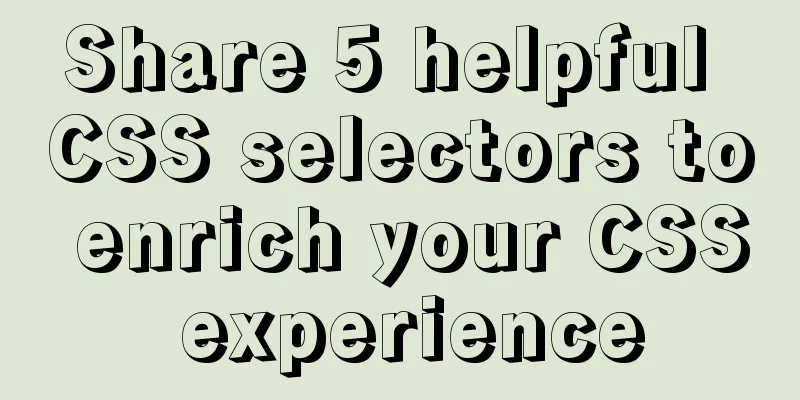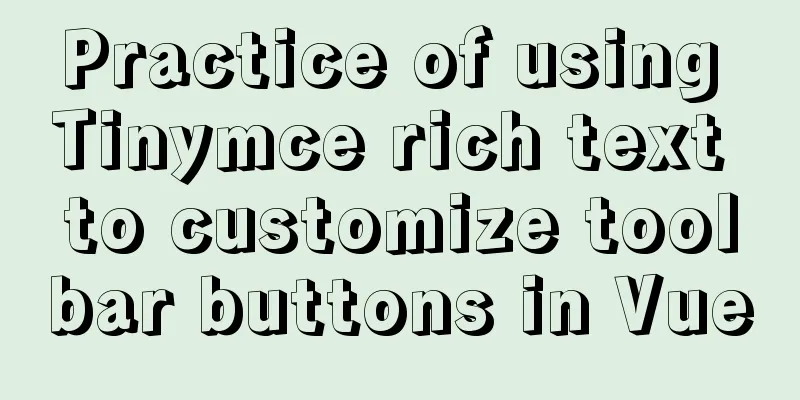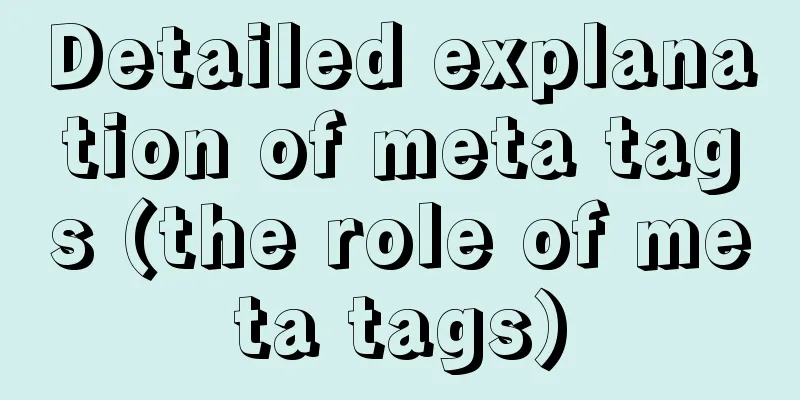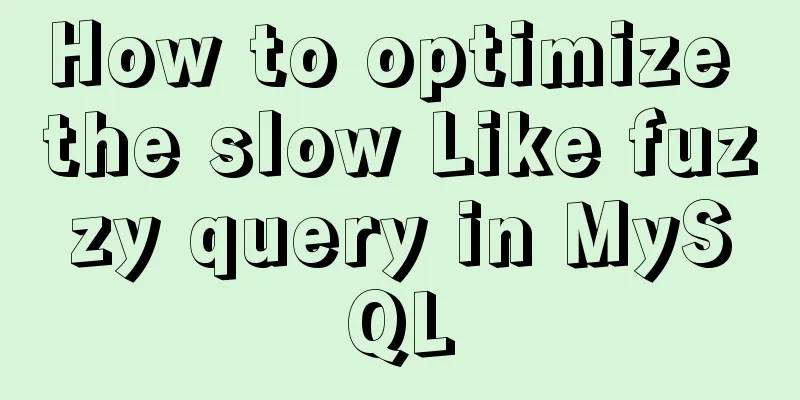Document Object Model (DOM) in JavaScript
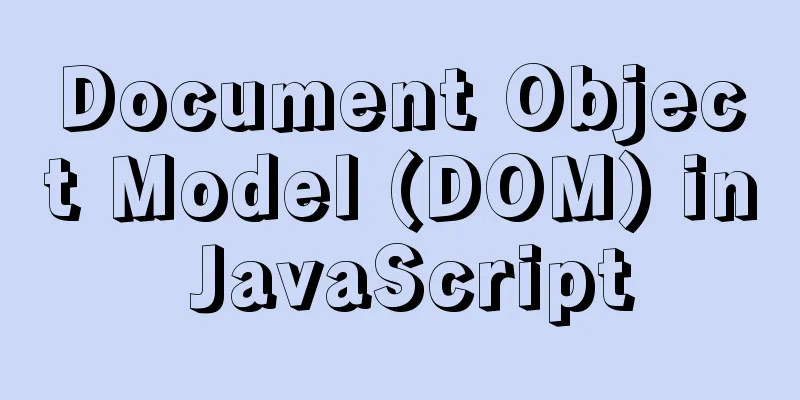
|
1. What is DOM DOM Document Object Model is a programming interface for HTML and XML documents. It uses a logical tree to represent a document. The end point of each branch of the tree is a DOM treats an HTML document as a tree of nodes, where a node represents an HTML element. The following HTML code is provided to better understand the DOM tree structure.
<!DOCTYPE html>
<html lang="en">
<head>
<meta charset="UTF-8" />
<meta name="viewport" content="width=device-width, initial-scale=1.0" />
<meta http-equiv="X-UA-Compatible" content="ie=edge" />
<title>DOM tree structure</title>
</head>
<body>
<h1>DOM Object Model</h1>
<h2>DOM tree structure</h2>
</body>
</html>
The document is called the root node and contains one child node, Both
These elements in the document can be accessed and changed via 2. Select elementsHow to select elements in a document? There are several different ways to select elements in an HTML document. Here are three of them:
3. getElementById() In HTML, In
<!DOCTYPE html>
<html lang="en">
<head>
<meta charset="UTF-8" />
<meta name="viewport" content="width=device-width, initial-scale=1.0" />
<meta http-equiv="X-UA-Compatible" content="ie=edge" />
<title>DOM tree structure</title>
</head>
<body>
<h1>DOM Object Model</h1>
<h2>DOM tree structure</h2>
<p id="intro">DOM stands for Document Object Model, which is a programming interface. </p>
<script type="text/javascript">
const elemIntro = document.getElementById("intro");
console.log(elemIntro);
</script>
</body>
</html>
Open the developer tools:
If you need to get the text content of an object, you can use
<!DOCTYPE html>
<html lang="en">
<head>
<meta charset="UTF-8" />
<meta name="viewport" content="width=device-width, initial-scale=1.0" />
<meta http-equiv="X-UA-Compatible" content="ie=edge" />
<title>DOM tree structure</title>
</head>
<body>
<h1>DOM Object Model</h1>
<h2>DOM tree structure</h2>
<p id="intro">DOM stands for Document Object Model, which is a programming interface. </p>
<script type="text/javascript">
const elemIntro = document.getElementById("intro");
console.log(elemIntro);
// Get the text content within the element const elemText = elemIntro.textContent; // elemIntro.innerText
console.log(elemText);
</script>
</body>
</html>
Open the controller to view:
4. querySelector() Use this method to find elements with one or more CSS selectors. The following takes the National Day movie schedule information as an example to get the corresponding title and list elements through
<!DOCTYPE html>
<html lang="en">
<head>
<meta charset="UTF-8" />
<meta name="viewport" content="width=device-width, initial-scale=1.0" />
<meta http-equiv="X-UA-Compatible" content="ie=edge" />
<title>DOM tree structure</title>
</head>
<body>
<h1>2021 National Day movie schedule</h1>
<ul class="movies">
<li>Changjin Lake</li>
<li>My Fathers and I</li>
<li>Railway Heroes</li>
</ul>
<script type="text/javascript">
const elemTitle = document.querySelector("h1");
const elemList = document.querySelector(".movies");
console.log("h1");
console.log(elemTitle);
console.log("ul movies");
console.log(elemList);
</script>
</body>
</html>
Open the document in the browser and turn on the developer tools, you can see the following effect:
5. querySelectorAll()This method finds all elements that match the CSS selector and returns a list of nodes. Let's find every li element of the movie schedule:
<!DOCTYPE html>
<html lang="en">
<head>
<meta charset="UTF-8" />
<meta name="viewport" content="width=device-width, initial-scale=1.0" />
<meta http-equiv="X-UA-Compatible" content="ie=edge" />
<title>DOM tree structure</title>
</head>
<body>
<h1>2021 National Day movie schedule</h1>
<ul class="movies">
<li>Changjin Lake</li>
<li>My Fathers and I</li>
<li>Railway Heroes</li>
</ul>
<script type="text/javascript">
const elemTitle = document.querySelector("h1");
const movieItems = document.querySelectorAll(".movies > li");
console.log(movieItems);
</script>
</body>
</html>
The effect of console printing is as follows:
The above node list can be traversed as follows:
<!DOCTYPE html>
<html lang="en">
<head>
<meta charset="UTF-8" />
<meta name="viewport" content="width=device-width, initial-scale=1.0" />
<meta http-equiv="X-UA-Compatible" content="ie=edge" />
<title>DOM tree structure</title>
</head>
<body>
<h1>2021 National Day movie schedule</h1>
<ul class="movies">
<li>Changjin Lake</li>
<li>My Fathers and I</li>
<li>Railway Heroes</li>
</ul>
<script type="text/javascript">
const elemTitle = document.querySelector("h1");
const movieItems = document.querySelectorAll(".movies > li");
movieItems.forEach((item) => {
console.log(item);
});
</script>
</body>
</html>
The effect of console printing is as follows:
6. Add new elements How do you add new elements to a document? You can use
<!DOCTYPE html>
<html lang="en">
<head>
<meta charset="UTF-8" />
<meta name="viewport" content="width=device-width, initial-scale=1.0" />
<meta http-equiv="X-UA-Compatible" content="ie=edge" />
<title>DOM tree structure</title>
</head>
<body>
<h1>2021 National Day movie schedule</h1>
<ul class="movies" id="movies">
<li>Changjin Lake</li>
<li>My Fathers and I</li>
<li>Railway Heroes</li>
</ul>
<script type="text/javascript">
const movieItems = document.getElementById("movies");
const newMovie = document.createElement("li");
newMovie.textContent = "The Eagle Catches the Chicken";
movieItems.appendChild(newMovie);
</script>
</body>
</html>
After running, the page effect is as follows:
7. Change CSS stylesHow to change inline CSS styles? By using the style attribute, you can change the CSS style in the HTML document. Taking the National Day movie schedule as an example, change the font size and font color of the page title h1 element:
<!DOCTYPE html>
<html lang="en">
<head>
<meta charset="UTF-8" />
<meta name="viewport" content="width=device-width, initial-scale=1.0" />
<meta http-equiv="X-UA-Compatible" content="ie=edge" />
<title>DOM tree structure</title>
</head>
<body>
<h1>2021 National Day movie schedule</h1>
<ul class="movies">
<li>Changjin Lake</li>
<li>My Fathers and I</li>
<li>Railway Heroes</li>
</ul>
<script type="text/javascript">
const pageTitle = document.querySelector("h1");
pageTitle.style.fontSize = "24px";
pageTitle.style.color = "#0000FF";
</script>
</body>
</html>
After running, the page effect is as follows:
Regarding the attributes of CSS styles, camelCase is used in JavaScript. For example, the corresponding attribute of 8. How to monitor events How to use events of elements on the page? Using the
<!DOCTYPE html>
<html lang="en">
<head>
<meta charset="UTF-8" />
<meta name="viewport" content="width=device-width, initial-scale=1.0" />
<meta http-equiv="X-UA-Compatible" content="ie=edge" />
<title>DOM tree structure</title>
</head>
<body>
<h1>2021 National Day movie schedule</h1>
<ul id="movies">
<li>Changjin Lake</li>
<li>My Fathers and I</li>
<li>Railway Heroes</li>
</ul>
<button id="addNew">Add the movie "Eagle Catches Chicken"</button>
<script type="text/javascript">
const moviesList = document.getElementById("movies");
const button = document.getElementById("addNew");
const addNewMovie = (movieTitle, elemTarget) => {
const newMovie = document.createElement("li");
newMovie.textContent = movieTitle;
newMovie.style.color = "#ff0000";
elemTarget.appendChild(newMovie);
};
button.addEventListener("click", () => {
addNewMovie("The Eagle Catches the Chicken", moviesList);
});
</script>
</body>
</html>
After running, the page effect is as follows:
In actual projects, event monitoring and processing are more complicated than this. For modern WEB development, rich front-end frameworks have already encapsulated event processing very well, and even make developers forget the relevant knowledge of event monitoring, such as event bubbling, event capture, event delegation, etc., which will not be expanded in this article. in conclusion: DOM Document Object Model, a programming interface for HTML and XML documents. When a browser first reads (parses) an This is the end of this article about the Document Object Model DOM in You may also be interested in:
|
<<: MySQL Flush-List and dirty page flushing mechanism
>>: Solve the problem of docker container exiting immediately after starting
Recommend
Implementation of adding remark information to mysql
Preface Some people have asked me some MySQL note...
Completely uninstall mysql. Personal test!
Cleanly uninstall MySQL. Personally tested, this ...
React passes parameters in several ways
Table of contents Passing parameters between pare...
mysql query data from one table and insert it into another table implementation method
mysql query data from one table and insert it int...
Build a Scala environment under Linux and write a simple Scala program
It is very simple to install Scala environment in...
If I change a property randomly in Vue data, will the view be updated?
Interviewer: Have you read the source code of Vue...
Tic-Tac-toe game implemented in pure CSS3
Operation effect: html <div class="tic-ta...
How to use docker to deploy Django technology stack project
With the popularity and maturity of Docker, it ha...
mysql-canal-rabbitmq installation and deployment super detailed tutorial
Table of contents 1.1. Enable MySQL binlog 1.2. C...
JavaScript canvas to achieve mirror image effect
This article shares the specific code for JavaScr...
MySQL index optimization: paging exploration detailed introduction
Table of contents MySQL Index Optimization Paging...
Detailed explanation of mysql scheduled tasks (event events)
1. Brief introduction of the event An event is a ...
Detailed code examples of seven methods for vertical centering with CSS
When we edit a layout, we usually use horizontal ...
How to use lazy loading in react to reduce the first screen loading time
Table of contents use Install How to use it in ro...
A record of the pitfalls of the WeChat applet component life cycle
The component lifecycle is usually where our busi...












